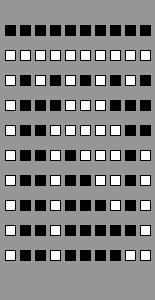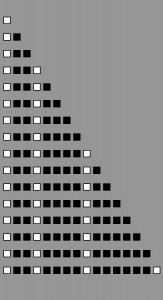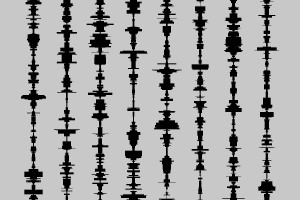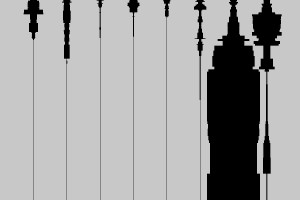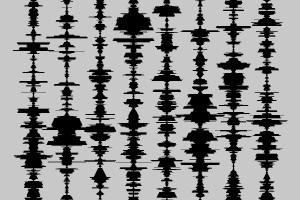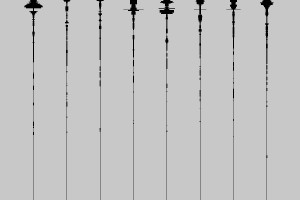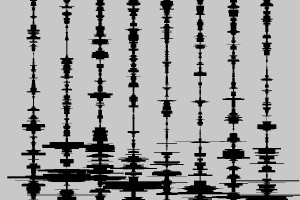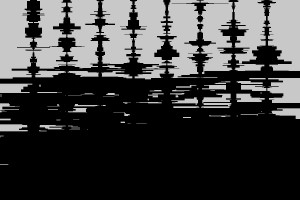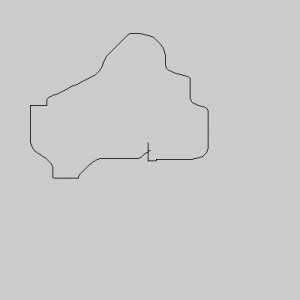I’m went on a road trip to San Diego a few weeks ago. When I got there I went straight to the beach for some hard core surfing. It was cloudy, but I ended up having fun anyway.
The thing about surfing is that it really makes you think about waves. Is this next wave worth catching? What about that one? But when I’m just sitting out in the water waiting for a wave, I start thinking about waves themselves.
The question that came to my mind was: why do waves crest as the get closer to the beach? When waves are far from shore, they approximate a sine wave. The amplitude of the wave is the distance away from sea level.

The equation for this wave is D = D_0 + A\sin(\omega t-kx) . D here is depth, and D_0 is sea level. A is the maximum height of the wave, \omega is the angular frequency 2\pi f , t is the time, k is the wave number 2\pi /\lambda , and x is the distance away from shore.
As you can see in that equation, the depth varies with time and distance. The distance here doesn’t really have anything to do with the beach though. What could be causing the waves to break? So I did some research.
According to wikipedia, waves on a beach are shock waves. That’s right, just like the shock wave from a plane. These shock waves work slightly differently.
Here’s what happens:
The speed of a wave in water depends on the depth of the water. When a wave is in deep water far from the beach, slight changes in depth due to the wave itself have a tiny effect. When the wave nears the beach, the water is shallower and the wave itself has a larger effect.
Near the beach, the peaks of a wave travel faster than the troughs. That means that high points catch up to low points. The wave loses its sinusoidal shape and starts turning into a sawtooth wave, and sawtooth waves have discontinuities. Discontinuities manifest themselves strangely in nature. In this case, they’re manifested as the crests of the wave.

I modeled this by changing the wave number, k as a function of the previous amplitude. Basically, I assumed that the water got shallower as the wave moved to the right. Since I only changed the wave number and left the frequency the same, the speed of the wave changed with amplitude.
The problem with my approach is that I changed wave speed linearly, and shock waves are by nature a non-linear problem. My model worked well for small changes in the wavespeed, but large changes caused a breakdown that manifested itself as spurious peaks. I could make a better model, but right now I don’t really feel like going through all of the calculus that would require. The KZK equation is for physicists.

